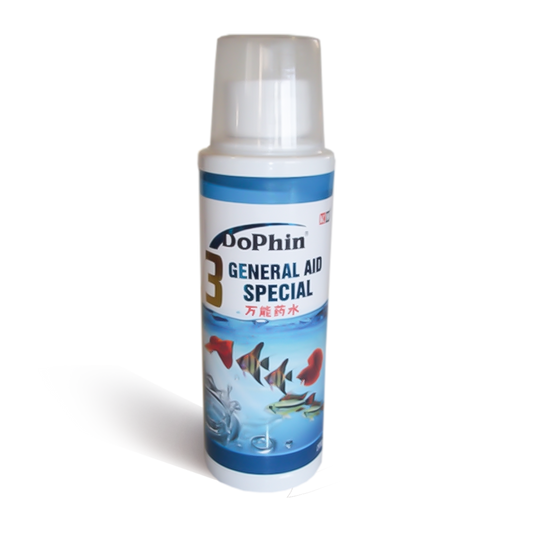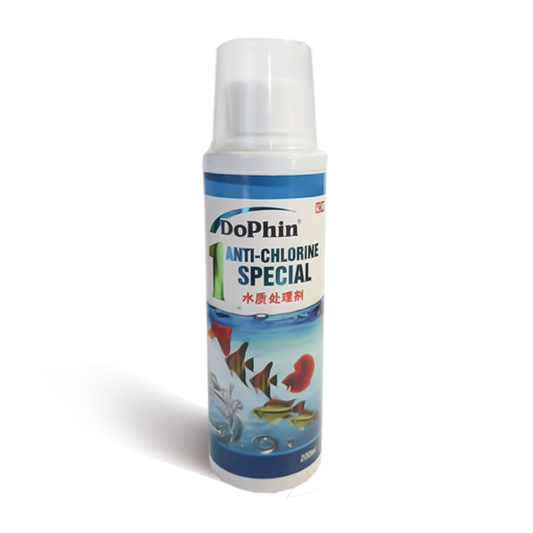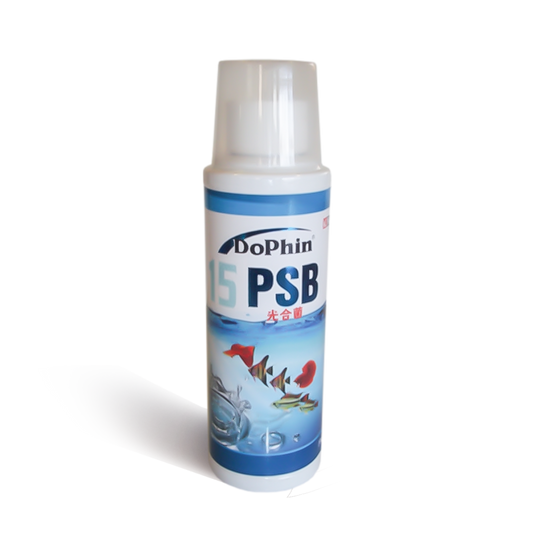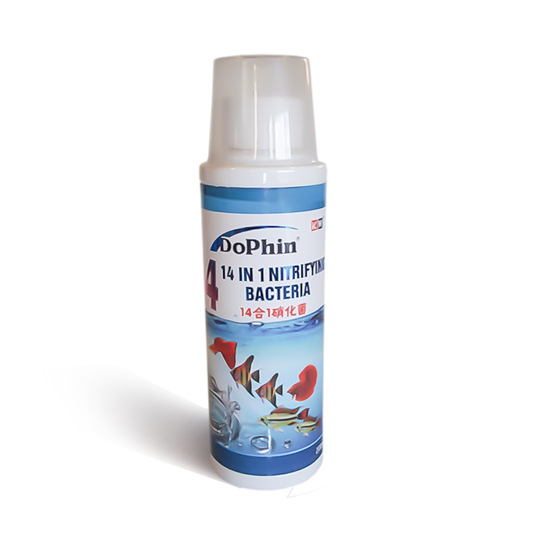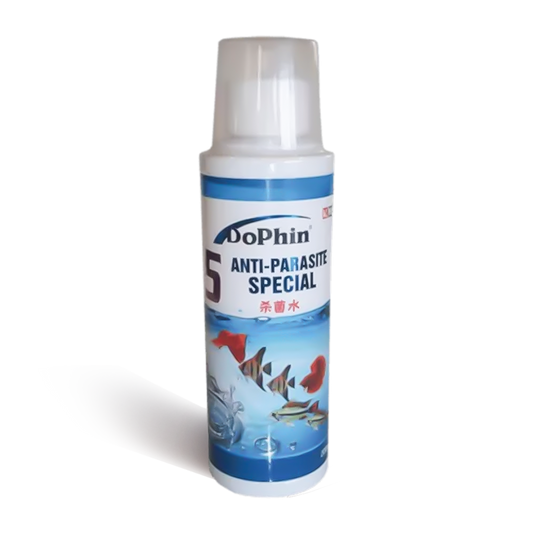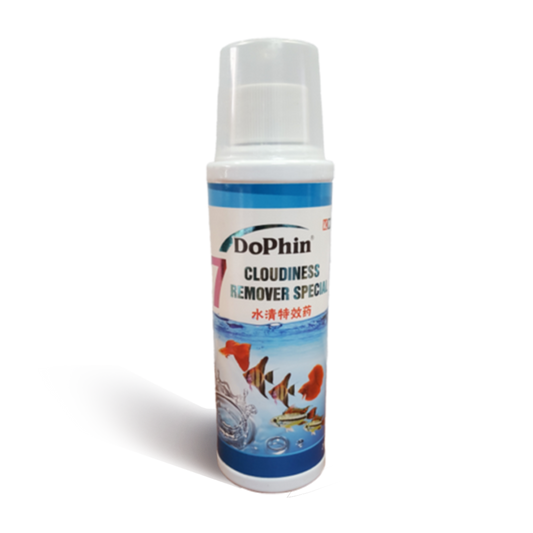When and why to use PSB
Interestingly, a healthy aquarium shouldn't require decomposing nitrate or nitrite directly. Here's why:
- The Nitrogen Cycle: A well-established aquarium has a biological process called the nitrogen cycle. Beneficial bacteria convert harmful ammonia from fish waste into nitrites, then into less harmful nitrates.
- Nitrates as Plant Food: Nitrates are not ideal for fish in high concentrations, but aquatic plants actually use them as a nutrient source for growth. So, healthy plants help keep nitrates in check.
- Hydrogen Sulfide (H2S) Shouldn't Occur: H2S is a dangerous gas in aquariums. However, it typically only arises in anoxic conditions, meaning areas completely devoid of oxygen. In a healthy aquarium with good water flow and surface agitation, oxygen reaches the gravel, preventing H2S from forming.
Signs Your Aquarium Might Have Nitrate Issues:
- High Nitrate Levels (Above 40 ppm): While some nitrates are okay, very high levels can stress fish and potentially lead to health problems. Regular water testing is key.
- Excessive Algae Growth: If there are too few plants or excess nutrients, algae can outcompete plants for nitrates, leading to an algae bloom.
How to Address Nitrate Issues:
- Water Changes: Regular water changes (around 25-50% weekly) dilute nitrate levels.
- Increase Plants: Adding more fast-growing nitrate-consuming plants helps keep nitrate levels in check.
- Reduce Feeding: Overfeeding contributes to more waste and higher nitrate levels. Adjust feeding based on your fish population.
- Products: DoPhin® #15 PSB Advanced Bio-Clean Formula for Crystal Clear Aquariums 200ml can be used in the prescribed amount to assist.
Remember: Maintaining good water flow and surface agitation ensures oxygen reaches the gravel, preventing H2S formation.
Here are some additional tips:
- Test Your Water Regularly: Monitor ammonia, nitrite, and nitrate levels to track your nitrogen cycle and identify potential problems early.
- Maintain a Clean Substrate: Regularly siphon your gravel during water changes to remove excess waste that can contribute to nitrate buildup.
- Choose the Right Fish: Consider stocking your tank with fish with a bioload (waste output) that your tank's filtration and plants can handle.
Remember: By following these practices, you can create a healthy aquarium environment where the nitrogen cycle functions efficiently, nitrates are managed through plants, and dangerous elements like H2S are prevented.
DoPhin® #4
-
DoPhin® #3 Aquarium All-in-One Care: Treat Multiple Fish Diseases Instantly 200ml
Vendor:DoPhinRegular price R 79.00Regular priceR 0.00Sale price R 79.00 -
DoPhin® #1 Anti-chlorine: Instantly Neutralize Chlorine & Heavy Metals 200ml
Vendor:DoPhinRegular price R 71.00Regular priceR 0.00Sale price R 71.00 -
DoPhin® #15 PSB Advanced Bio-Clean Formula for Crystal Clear Aquariums 200ml
Vendor:DoPhinRegular price R 128.00Regular priceR 0.00Sale price R 128.00 -
DoPhin® #14 -in-1 Aquarium Bacteria Booster & Conditioner 200ml
Vendor:DoPhinRegular price R 128.00Regular priceR 0.00Sale price R 128.00 -
DoPhin® #5 Aquarium Anti-Parasite Treatment - Broad-Spectrum Formula 200ml
Vendor:DoPhinRegular price R 143.00Regular priceR 0.00Sale price R 143.00 -
DoPhin® #7 Crystal Clear Aquarium Cloudiness Remover Solution #7 200ml
Vendor:DoPhinRegular price R 143.00Regular priceR 0.00Sale price R 143.00
1
/
of
6

